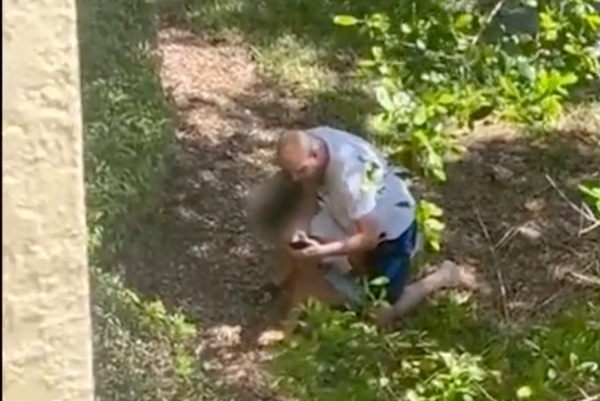
During the summer, we're all ears for ideas on how to water our gardens as efficiently as possible. Many of us will be wondering how to install a water butt to make the most of all the rain we've been having this season.
Rain harvesting is ever-popular in the UK, and it was a popular trend at this year's Chelsea Flower Show.
'According to the RHS, even in dry districts, 24,000 litres (150 water butts) could be collected from the average UK roof each year,' says Charlie McNeill, managing director at Rainclear. 'Harvesting rainwater offers a win-win for you and the environment. As well as reducing your reliance on treated mains water, it can help to mitigate the financial impact of this year’s rising bills.'
We've put together a quick guide on how to install a water butt with expert tips so you can take advantage of this year's rainy summer.
Choosing a water butt
Your local DIY store or garden centre will stock a range of butts in various sizes, and there are hundreds available online. Depending on your space and needs, prices start from around £20.
For small gardens ideas and roof terraces, choose a slim square-edged design that can sit flush against a wall or in a corner. Even the smaller 100-litre options come in a range of stylish looks, like the 100L Classic Water Butt from Garden Trading. Or, if you're on a budget, the 100L Black Slimline Space Saver Water Butt Kit is great for narrow spaces.
For larger outdoor spaces, the bigger the butt, the better – you can always link them together with an overflow pipe to save as much water as possible. You might even choose to have multiple water butts in your garden to maximise your rain harvesting.
'When selecting a water butt, it's important to consider durability and functionality,' says Victoria Fletcher, senior buyer at Garden Trading. 'Look for water butts with a healthy capacity to prevent overspilling and robust features such as sturdy legs, removable lids, and internal grates to protect against rodents, birds, and leaves. This will ensure the water collected remains clean and usable.
'Considering day-to-day use is key, too – for instance, the inclusion of a tap will make your life a lot easier.'
Consider buying a stand for your water butt so you can easily get a watering can underneath the tap, making it easier to fill.
More water butts we love
This unique water butt kit includes a tap (already attached), removable lid and fold out metal stand.
A tall, sleek option for modern gardens – it holds up to 300 litres of water.
How to install a water butt
1. Connect it to a downpipe
The most effective way to install a water butt is by connecting it to a downpipe. This filters water from your roof and gutters into the water butt.
'Connecting a water butt to a downpipe typically includes cutting away a section of your downpipe using a hacksaw, then attaching the rainwater diverter fitting to the cut section of the downpipe,' says Charlie from Rainclear.
'Once installed, make sure you secure the lid to your water butt thoroughly. This is a small but important detail, as otherwise, insects and wildlife could fall into the butt and drown.'
Install the water butt on a firm, flat surface that is strong enough to carry the weight when filled with water – one litre of water weighs one kilogram.
2. Fit a rain trap
Alternatively, cut a notch out of the downpipe and fit a rain trap and connecting pipe – this will transport water to your butt and allows you to put it in the most convenient locations.
You can buy rain traps from a number of garden suppliers, like the Harcostar Universal Rain Trap from Crocus.
3. Other ways to recycle water
Every time we take a shower or have a bath, water goes down the drain when it could be recycled for the garden. Water Two is a valve that fits easily to your bathroom waste pipe.
Just pull on a cord and the wastewater is diverted via a hose into a water butt outside – ready to use. The valve only takes grey water (from baths and basins – not the toilet!) and you can choose to send water with bleach or chemicals down the drain. A Grey Water Divert Valve costs £34.99 from Watertwo.
FAQs
How can I link water barrels together?
Having several water butts on the go at once will maximise the amount of rainwater you can harvest. But how do you link them all together?
'You can link several water barrels together by using hoses,' says Graham Smith MCIhort, national sales manager at LBS Horticulture. 'Drill a hole in each barrel where you want to connect them, and ensure that each barrel is placed at the same level.
'If you are connecting a single barrel to more than one other, you should use y-splitters to connect several hoses to one barrel. You should also attach a hose for overflow that can be directed into a suitable area of your garden in case of any heavy rain that quickly fills the barrels.'
How does water butt diverter work?
'A water butt diverter is attached to a downpipe, and it will catch some of the water that flows through in order to divert it into a water butt where it can be stored and used later,' explains Graham.
Now that you know how to install a water butt and use the rain to your advantage, you can turn that frown upside down the next time the heavens open.







